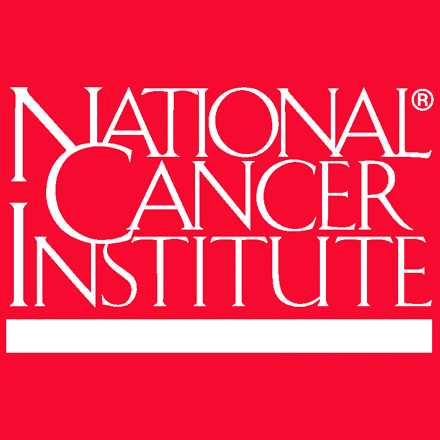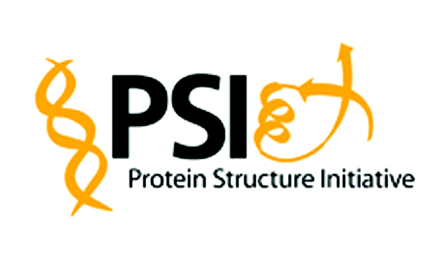Sites of interest on the World Wide Web
Selenium, Vitamin E and Prostate Cancer

In this month’s MI, Hatfield and Gladyshev discuss in their Viewpoint article the Selenium and Vitamin E Cancer Prevention Trial (SELECT) (www.crab.org/select/). This clinical trial, the largest of its type to date, had more than 35,000 subjects reporting to approximately 400 clinical trial sites. The SELECT study began in 2001 but ended before its scheduled completion last year. The study has been the source of much controversy, including its design and a lack of our basic understanding of how selenium is metabolized. The homepage of the SELECT Web site provides updates and data summaries of the trial. In addition, the National Cancer Institute has a FAQ on the trial at www.cancer.gov/newscenter/pressreleases/SELECTQandA.

The NIH Stimulus Debate
The month of February saw a major piece of legislation, the American Recovery and Reinvestment Act, known as the “Stimulus Bill,” enacted. Included in this bill is an increase in NIH funding. One popular Web site, ScienceBlogs (scienceblogs.com) is home to a lively online debate about what this increased in funding means to investigators (search for terms including NIH stimulus, stimulus bill, etc.). Current topics of discussion are the “shovel-ready” extramural research plans, what NOT to do, and the potential of creating science jobs with these funds. The debate is active and lively, so be prepared for some intense “politics of science” viewpoints from both sides of the aisle.

That Was Random
Do you ever find yourself in need of generating random numbers? According to the True Random Number Service (www.random.org), most programs only produce “pseudo-random” numbers. From numerical sequence generation to jazz scale generation, with an occasional side-trip to list randomization, you can create free, random lists to your heart’s content. You can even download an integer widget that will allow you to generate random numbers without leaving your current Web site.
NIH Protein Structure Initiative & The Structures of Life

The NIH Protein Structure Initiative (www.nigms.nih.gov/Initiatives/PSI) was implemented in 2000 and began its second phase, PSI-2, in late 2005. This initiative, which has the goal of solving protein structures using X-ray crystallography and NMR at high throughput and low cost, encompasses four large-scale centers; six specialized centers, that will “develop innovative methods, approaches, and technologies for producing and determining the structures of proteins that traditionally have been difficult to study,” such as membrane protein structures; two homology modeling centers; and two resource centers. Interesting information can easily be found by browsing through the Web site; however, your particular attention might first be focused on these twelve Centers (www.nigms.nih.gov/Initiatives/PSI/Centers). The NIGMS also has an online guide, called The Structures of Life (publications. nigms.nih.gov/structlife/), which outlines structural biology, X-ray crystallography, NMR, and structure-based drug design for a lay audience. The Structures of Life Web site contains great graphics and provides a nice primer on structural biology. It also includes a cool structural biology crossword puzzle that may be useful as a basic introduction to the field.
Science News from The Source

When one navigates to popular news sources on the Web, such as CNN or the BBC, one is inundated with the news of a woeful economy, job loss, and stories of home foreclosures and worthless retirement funds. Lately, I have been navigating to a different Web site for news about science: www.scienceblog.com. ScienceBlog (not to be confused with the above-mentioned ScienceBlogs) is a collection of rapidly updated news snippets with links to full stories about exciting findings and current happenings in science. News stories are gathered from major journals and from promotional news releases from universities. ScienceBlog is a particularly useful Web site that will keep one up-to date on one’s field of interest and will help one keep tabs on what is exciting in fields outside one’s own area of expertise.



